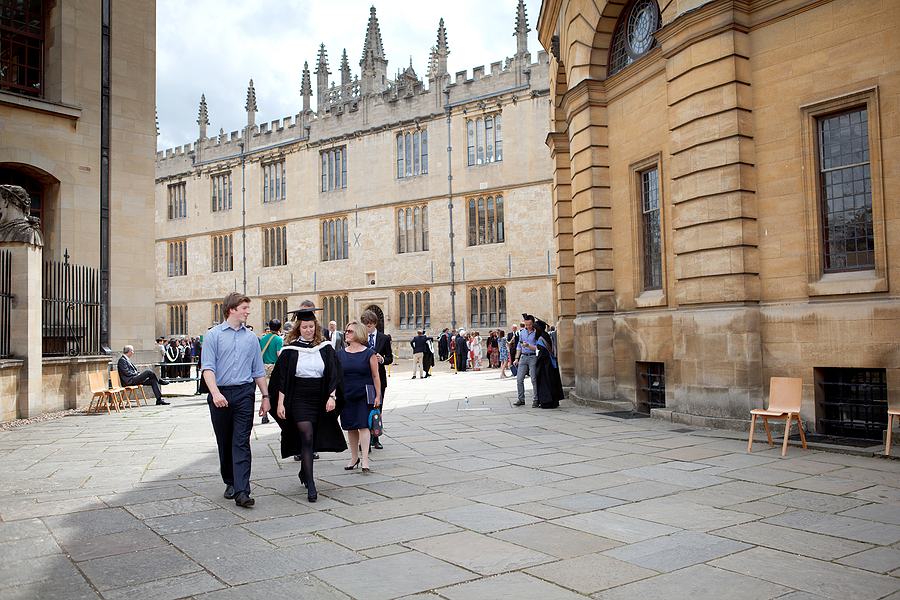If someone has the motivation, the baseline knowledge and the mindset to become a doctor, there are many more paths to a medical degree than one might expect.
The earliest, most well-known and by far the strictest is to apply directly from college, submitting a UCAS application early and facing significant competition to fill one of a limited number of spots on a degree course, with high A-levels and potentially some work experience in the field.
However, there are alternatives, including an upcoming apprenticeship scheme, such as applying for a medical foundation course or through a Graduate Entry Programme (GEP).
To get onto one of these courses requires the completion of a bachelor’s degree course to a high enough standard, and to complete a three-part admissions test known as the Graduate Medical School Admissions Test.
This test, also known as the GAMSAT due to its previous identity as the Graduate Australian Medical School Admissions Test, is often compared to the University Clinical Aptitude Test (UCAT), a test most commonly taken as a condition to enter undergraduate medical degree courses.
Both are similar in the sense that they focus on reading, attitude and aptitude rather than medical knowledge.
However, whilst the UCAT is a series of five multiple-choice examinations over two hours, GAMSAT took a full day to complete with three separate sections, although it now takes places over one half-day (four hours ten minutes) and a remote test instead.
Section I is about the interpretation of visual data or a passage of writing, aiming to ascertain a candidate’s ability to process and interpret information about the social sciences. This part is a multiple-choice examination with 62 questions.
Section II, which takes place via remote proctoring is two half-hour essays, one a discursive essay about a particular social or cultural topic, whilst the other is a creative essay about a more personal topic.
The third and final section is 75 multiple-choice questions relating to chemistry, biology and physics, with the questions weighted towards the former two subjects.






